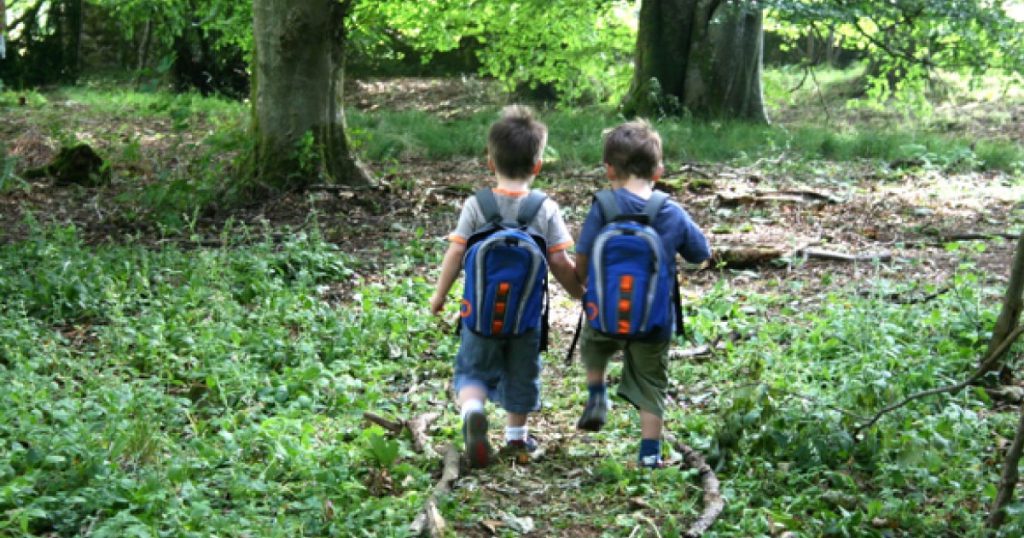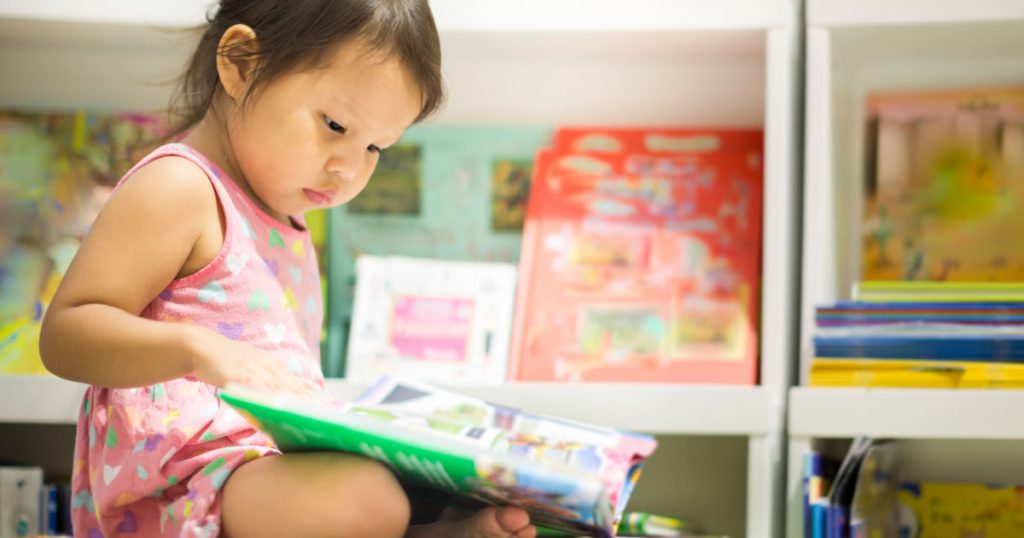 Hello from the dark side!
Hello from the dark side!
With all the talk of using digital platforms in documenting our early learning programs, I feel the need to fly the flag for those with another point of view; those who can’t quite cross over; those who wrestle with the ethics of digital documentation of children; those who wonder about consent, and fret about workloads; and those who worry that parental voices are becoming louder than our most important stakeholders, the children.
How is it, that our collective of professionals who place relationships and the experiential learning environment at the heart of our early childhood practice have come to believe that an artificial system of communicating the daily lives of children is the imperative?
This change in thinking poses a quandary for many practitioners who wonder how they can continue building strong interpersonal relationships with the children and their families while adopting the digital platform approach to how we document and communicate everyday living and learning?
As practitioners we are faced with the dilemma: do we remove learning from where it is created and out of the reach of its creators: the children or run the risk of being mocked as ‘out of touch’ or ‘old school’ if we resist the pressure to jump aboard the digital platform juggernaut.
There has always been tension over the need to document, and the debate about this expectation continues. Digital platforms whilst selling the utopian dream of salvation will not wrest us from this tension. Whether we document digitally or not, this conflict will remain with us.
Those of us working in services that are already using digital platforms are often faced with other choices. Do we document with devices whilst we are ‘with’ the children to meet the expectations of their ‘digital native’ parents and organisational expectations, or do we engage wholeheartedly with the children and meet digital expectations later?
Even when we choose to focus on the child during our sessions, we are still required to document, but in our own time, during breaks and after hours. With the list of expected tasks expanding to include digital group learnings, daily observations, monthly individual learning plans, and group chats, it’s our well-being that becomes compromised. Added to this is that those in management positions can be on call 24/7, alert to every notification received by the work mobile. Before we arrive at work, there are messages from our digital native families who expect an immediate reply. In some services, policy prevents staff posting out of hours, so they draft messages from home to be sent during worktime to avoid a policy breach and to keep ahead of their workload.
There are also unexpected consequences of posting during your lunch break as the following anecdote demonstrates:
An educator observed a child, so excited to share his first painting with his mother on collection time but whose bubble was broken when the parent responded with:
‘You don’t need to bring that home; I’ve already seen it online.’
Our profession is sitting on a knife edge. If we choose to preserve our well-being by refusing to perform the digital expectations in our personal time, we create an unmanageable workload that will escalate. If we document during work hours, we compromise the quality of our learning environment and the relationships with the children.
In a field that has always espoused the belief that Less is More, is this elaborate form of documentation merely a profit-driven marketing tool, that does less to improve our interactions and more to distract us from the most important task of bearing witness to the child and their learning? Now is the time for a healthy debate.



